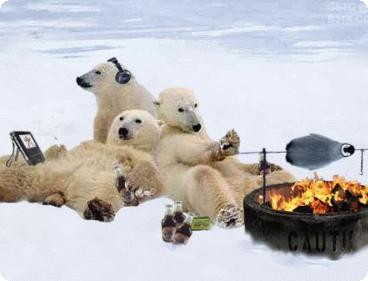Discussion Questions:
What do Herndl and Brown (1996) mean when they claim that “in a very real sense, there is no objective environment in the phenomenal world, no environment separate from the words we use to represent it” (p. 3)? Do you agree with this assertion?
Is wilderness merely a symbolic construction? Does this matter to whether or not you want to protect it?
In the quote, Herndl and Brown express their idea that the “environment” from a symbolic perspective is nothing more than how society describes it. In other words, it can be a dark, wild place as the environment was to the colonists; or it could be a place of sublime tranquility as it was to John Muir and his fellow preservationists. To a certain extent, I absolutely agree. It is a fact that many colonists feared the environment around them, and thus came to define their surroundings a dark and treacherous. Furthermore, it is also true that the description of the environment as “sublime” by John Muir led to a movement that created 84.9 million acres of National Parks by 2012, land that is free from human interference and truly sublime. Therefore, in these moments, the environment was at least partially what society said it would be.
Nevertheless, the wilderness, or the environment, is not solely symbolic. The problems Earth faces today are very real with extreme consequences. It is impossible to simply say we, as members of society, care for the sublime wilderness and expect that to be enough to solve its problems. Words alone will not reduce carbon dioxide emissions nor bring back extirpated species. I believe there was a time that the environment was primarily symbolic, however that was before the Anthropocene. Since then, it has become a much more tangible construction and must be treated as such in order to gain commitment for the assistance it needs.
Works Cited
Cox, Robert, and Phaedra C. Pezullo. “Chapter 3 Symbolic Constructions of Environment.” Environmental Communication and the Public Sphere. Los Angeles: SAGE, 2016. Print.
Cox, Robert, and Phaedra C. Pezullo. “Chapter 2 Contested Meanings of Environment.” Environmental Communication and the Public Sphere. Los Angeles: SAGE, 2016. Print.
“National Parks, National Forests, and U.S. Wildernesses.” PBS. PBS, 18 Apr. 2012. Web. 20 Jan. 2017.





